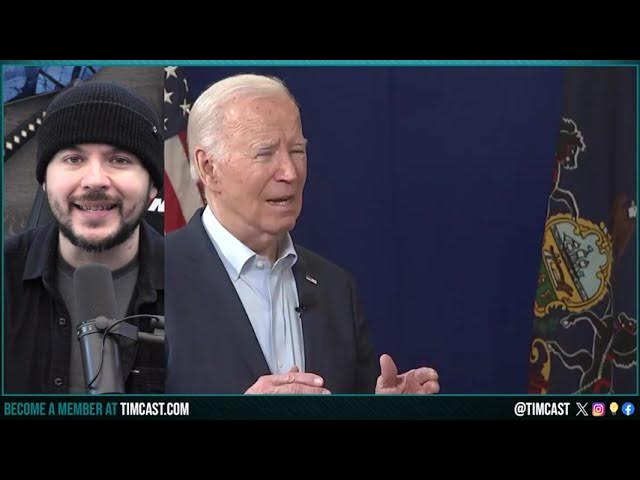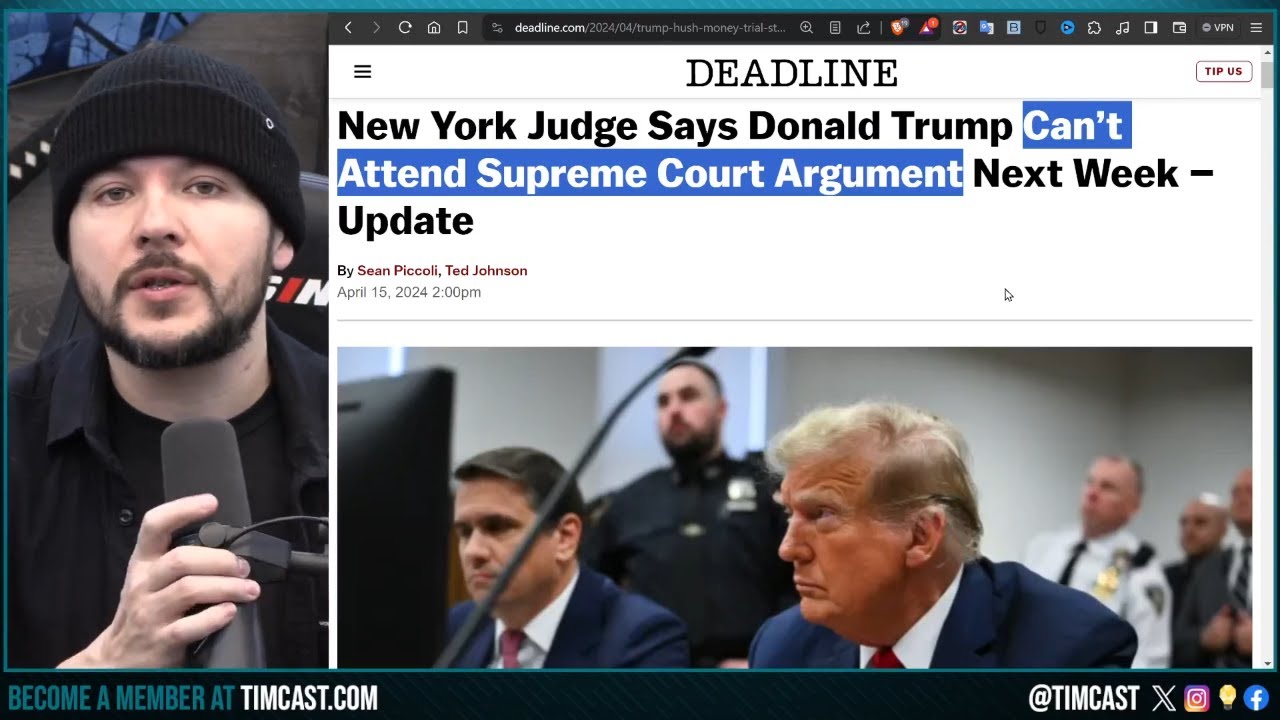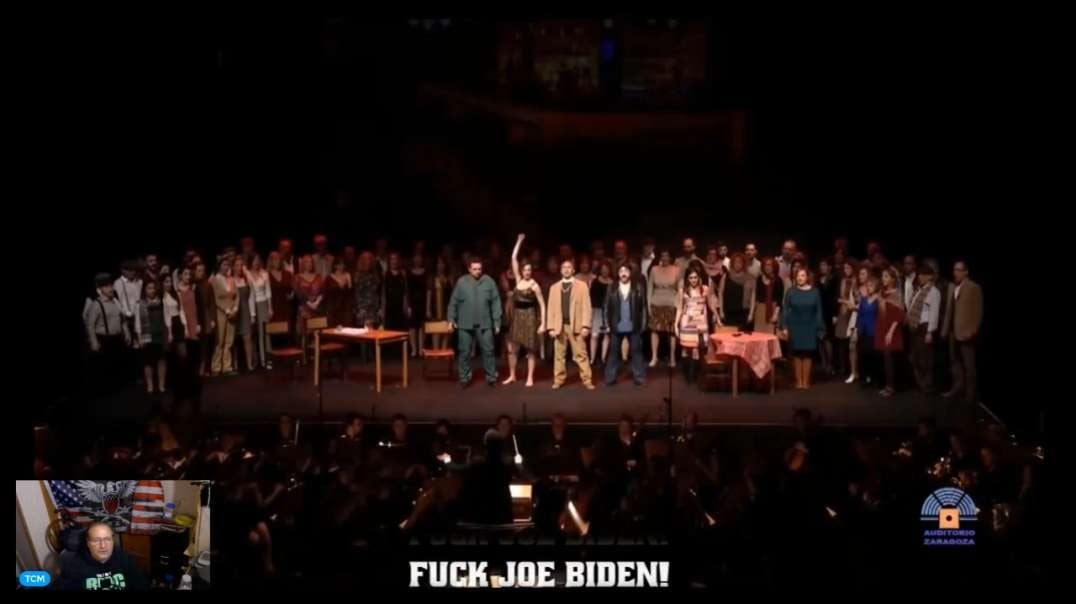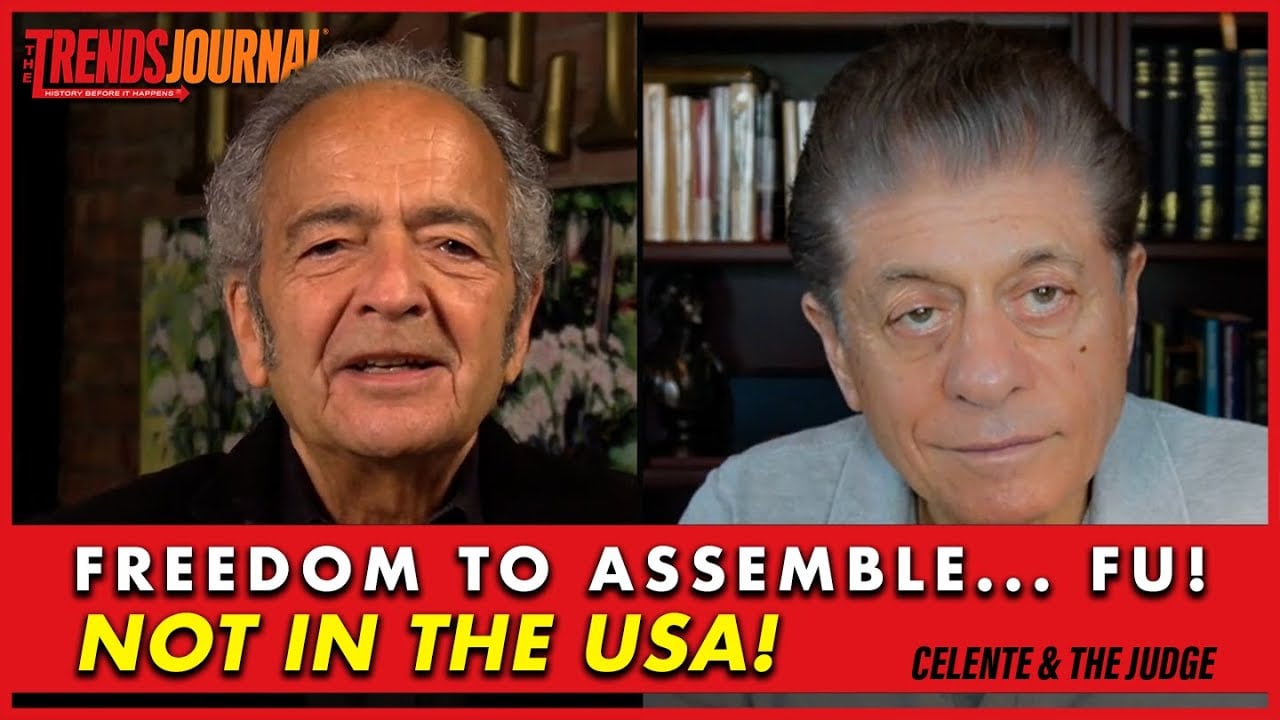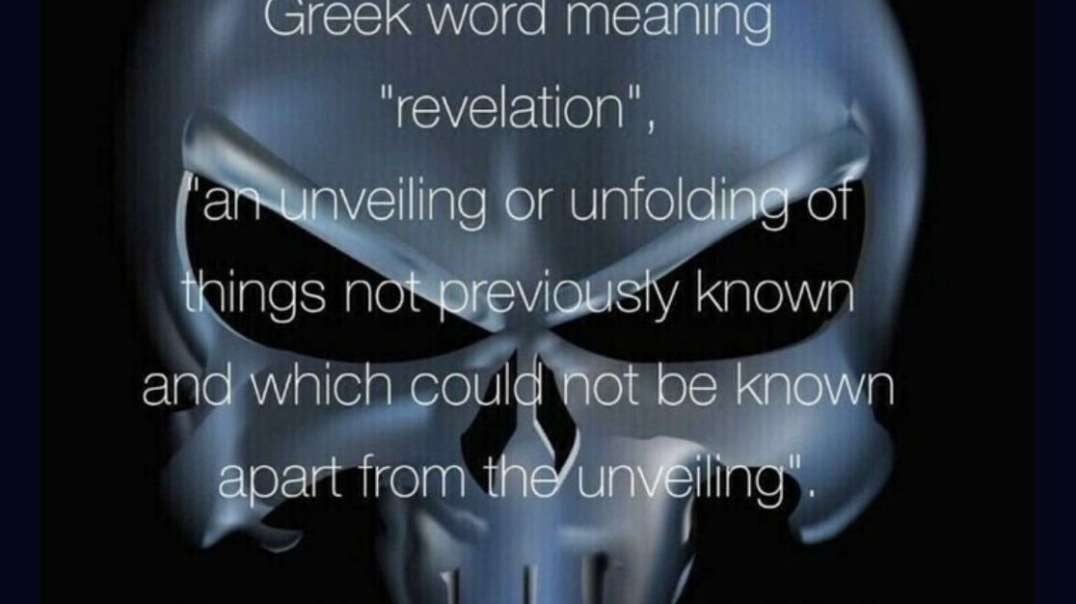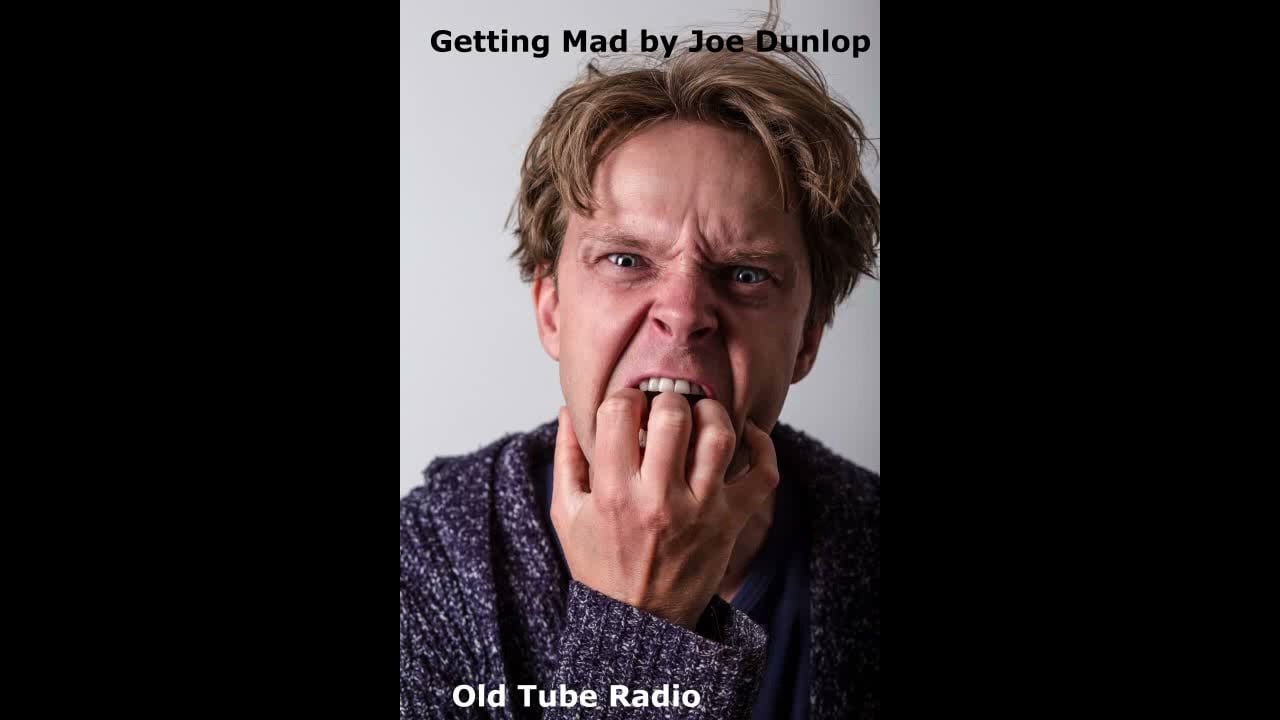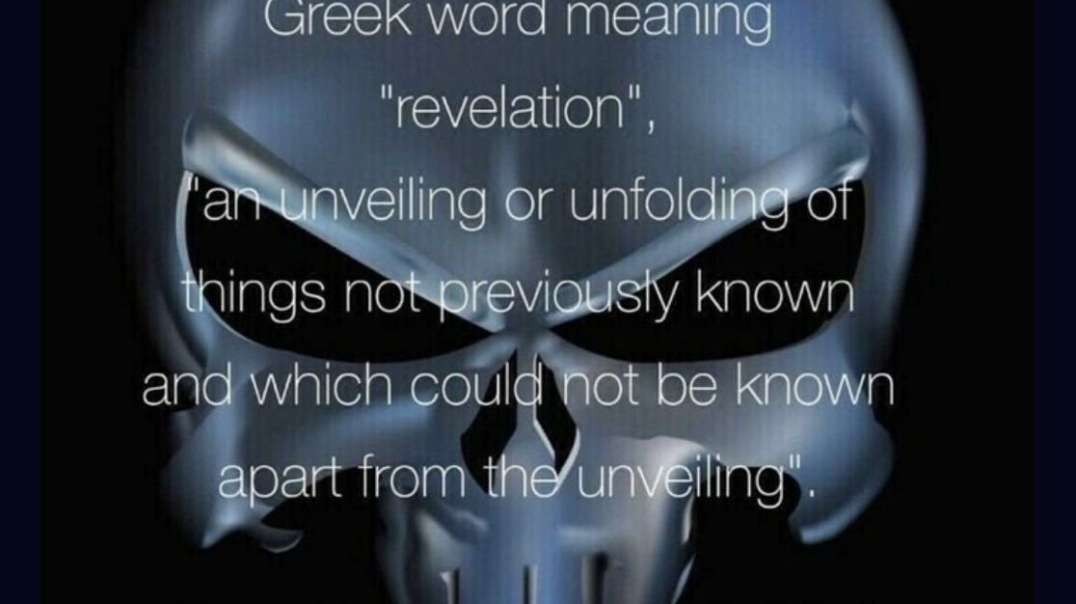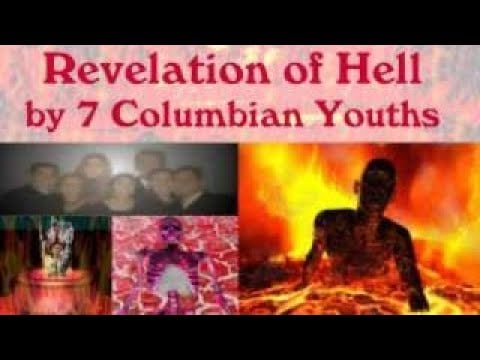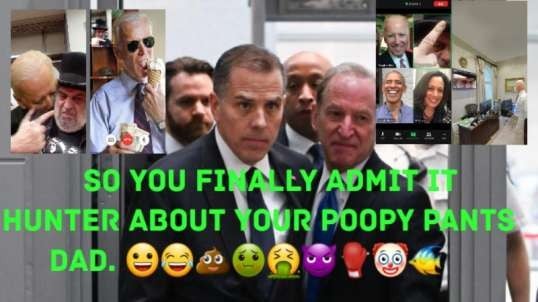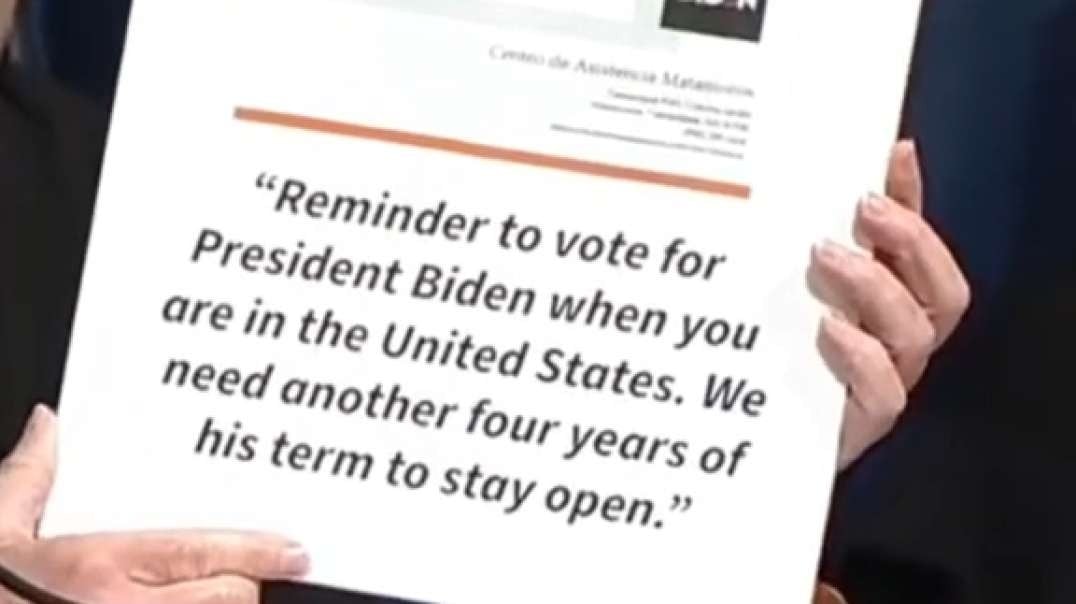Jeff Sessions Tells Joe Biden NOT To Touch His Child
I had so much fun Making this video! Short but sweet the way I like it! Jeff sessions And others with their Children most likely set up by the media To show What a wonderful guy Joe Biden is. I really want to hear your thoughts on this one. Make sure you subscribe to my channel And please tell Others .
Real investigative news With a Twist!
AG Jeff Sessions knows Joe Biden is a pedophile
The American Heritage of the English Dictionary defines “pedophile” as:
“a person who is sexually attracted to prepubescent children.”
Nearly 8 months ago, I posted a C-SPAN video of Obama’s VP Joe Biden pawing and groping girls in plain sight. See “Joe Biden tells 13-year-old girl he’s ‘horny’?”.
Now, ron johnson of YouTube has compiled footages of Biden feeling up young girls into a single video. The most fascinating part of the video is then-Sen. Jeff Sessions, now U.S. Attorney General, slapping Biden’s hand away from a young girl, which suggests Sessions knows Biden is a “pizza” (young girls) pedifile
In the event the video is taken down by YouTube, I had a GIF made of Sessions slapping Biden’s hand

I have seen this before but never with enhanced audio. Originally I thought he was protecting that little girl, but these bastards are evil demonic creatures. Sessions isn’t different than the rest of the swamp creatures... how could he remain normal if that were true. For me thinking it was a act of protection and natural security guarding the child... I unfortunately am otherwise convinced he is claiming the child as his own! Nothing more than a baseball or toy truck.WTH are all these children there for anyway? I trust nothing that comes out of that swamp. They are all for the most part minions serving and enslaved by the devil. You asked for my opinion and I gave it... those are my feelings.... pure evil!
PostEverything
How fascist is Donald Trump? There’s actually a formula for that.
Grading the billionaire on the 11 attributes of fascism.
Adolf Hitler and Benito Mussolini in Venice. (AP Photo)
Adolf Hitler and Benito Mussolini in Venice. (AP Photo)
Image without a caption
By
John McNeill
John McNeill is a professor of history at Georgetown University.
Oct. 21, 2016 at 3:00 a.m. PDT
“Donald Trump is a fascist” sounds more like a campaign slogan than an analysis of his political program. But it’s true that the GOP nominee doesn’t fit into America’s conventional party categories, and thoughtful people — authors Robert Kagan and Jeffrey Tucker, among others — have hurled the f-word at him.
Fascism was born in Italy during World War I and came to power with the ex-journalist and war veteran Benito Mussolini in 1922. Since the 1950s, dozens of top historians and political scientists have put fascism, especially the Italian and German versions, under the microscope. They’ve come up with a pretty solid agreement on what it is, both as a political ideology and as a political movement, factoring in all the (sometimes contradictory) things its progenitors said as they ascended to power. As a political ideology, fascism has eight main traits. As a political movement, it has three more. So: Just how fascist is Trump? On the fascist meter, we can award him zero to four “Benitos.”
First, the ideological features:
1. Hyper-nationalism. This attribute is not confined to fascism, but it is central to all fascism. Trump regularly promises to put America first and extolls the virtues of ordinary Americans (by which he often seems to mean white Americans). His trade policy qualifies as economic nationalism. By the standards of American politics, he is a hyper-nationalist, but by the standards of historical fascism, he is not in the upper echelon. Two Benitos.
2. Militarism. Fascists routinely lionized military institutions and military virtues, and at least rhetorically sought military solutions to political issues. Trump lavishes praise on the troops, as almost all American politicians do these days, and he has proposed (in vague and vulgar terms) a militaristic solution to the problem posed by the Islamic State. He has recommend taking the oil of the Middle East, which presumably would require armed force. But by and large, Trump does not blithely recommend military action and often lambastes his rivals for allegedly incompetent military adventurism. He does not dress his followers in ersatz military garb. Two Benitos.
3. Glorification of violence and readiness to use it in politics. Fascists such as Mussolini thought violence could cleanse and redeem a tarnished nation. They encouraged loyal thugs to rough up, and occasionally kill, people whose politics differed from theirs. Trump scores low here. His rallies, according to many reports, have a frisson of menace to them; he has said things that could be interpreted asinvitations to assassination; his followers often speak longingly of violent acts they wish to see committed against others; he has recommended using torture and killing the families of terrorists. But this still leaves him well short of the standard of Mussolini’s blackshirts or Hitler’s brownshirts, who not only called for political violence but resorted to it extensively. One Benito.
4. Fetishization of youth. Fascist movements, even when led by middle-aged men, always extolled the vigor and promise of youth and made special efforts to appeal to young people. Trump, as a septuagenarian, is ill-positioned here. He has no special youth organization to speak of. His most devoted followers are long in the tooth. Zero Benitos.
5. Fetishization of masculinity. Fascists trumpeted what they saw as masculine virtues and supported male authority within family and society, urging women to confine their sphere to home and children (the more of which the better). Trump shares much of this outlook, lauding his own stamina and accusing his femalerival, Hillary Clinton, of lacking it. He mocks men whom he deems deficient in virility. But whereas Mussolini liked to hold up his own mother, devoted to home and hearth, as the feminine ideal, Trump’s vision of the proper woman seems to be a supermodel, more in line with Hugh Hefner’s ideology than Mussolini’s. Nonetheless, on swaggering machismo he gets full marks. Four Benitos.
6. Leader cult. Fascists always looked to a leader who was bold, decisive, manly, uncompromising and cruel when necessary — because the parlous state of the nation required such qualities. Mussolini and Hitler, both veterans of World War I, drew their models of leadership from army officers and worked hard to polish their images as dauntless rulers beholden to no one. They encouraged their followers to idolize them as Il Duce and der Führer. They claimed special insight into the will of the people. Trump, although not a war veteran, fully embraces the cult of the leader. He offers his business experience as evidence of his decisive leadership and is very testy when his business acumen is doubted. He also claims to channel the common man, enjoying a connection all other politicians lack. Four Benitos.
7. Lost-golden-age syndrome. Italian and German fascism shared a strong commitment to the notion of national rebirth. Mussolini and Hitler encouraged their supporters to believe in lost (or stolen) greatness, in a glorious past. That could be long ago, as with the Roman Empire, which Mussolini liked to invoke, or only a couple of decades prior, as with the German Reich that was, according to Hitler, “stabbed in the back” in 1918. Trump makes this appeal to a golden age the centerpiece of his campaign, assuring audiences that only he can “make America great again.” Four Benitos.
8. Self-definition by opposition. Fascists defined themselves as the bulwark against various evils and menaces to the nation. Those included communism, routine democratic politics, the traditional conservatism of industrial and agrarian elites (although both Mussolini and Hitler eventually made peace with these elites), and, especially in the German case, foreigners and minorities. Communism is no longer an issue for American politics. But Trump constantly rails against politics as usual, against political correctness, against elites of all kinds (including, curiously, business elites), and he has made a habit of vilifying minorities. He does not advocate their annihilation, as Hitler did. Three Benitos.
As a political movement, fascism displayed three further important traits:
9. Mass mobilization and mass party. Both Mussolini and Hitler rode to power on tidal waves of support that were organized into new political parties. A new party might fit Trump better, but he has not created one. Instead he has made a venerable one, the Grand Old Party, into his vehicle. He likes to refer to his following as a movement, and since the GOP convention in July has rarely tried to brand himself as a Republican. Many in his party loathe him. Two Benitos.
10. Hierarchical party structure and tendency to purge the disloyal. Fascist movements, like revolutions, ate their children. Anyone who displayed only tepid loyalty to the leader or who showed the potential to outshine the leader risked being purged or killed. So did followers who outlived their usefulness. Trump’s campaign shares this tendency toward purges, but the Republican Party under his leadership does not. And violence plays no role. One Benito.
11. Theatricality. In style and rhetoric, fascism was highly theatrical. Film and audio of Mussolini and Hitler make them seem like clownish buffoons, with their exaggerated gestures, their salutes, their overheated speeches full of absolutes and superlatives. Their rallies evolved into elaborate collective rituals for loyalists. Trump does not strut across stages like a Mussolini, and Nazi-style torchlit parades are out, but his rhetoric fits the fascist style well. He constantly calls things and people the worst or the best ever. His rallies feature repetitive chants. Even his studied frown of disapproval recalls a classic Mussolini pose. Three Benitos.
Add all this up, and you get 26 out of a possible 44 Benitos. In the fascist derby, Trump is a loser. Even Spain’s Francisco Franco and Portugal’s António de Oliveira Salazar might score higher. While there is a strong family resemblance, and with some features an uncanny likeness, Trump doesn’t fit the profile so well on those points where the use of violence is required. Projecting an air of menace at rallies, uttering ambiguous calls for assassinations, tacitly endorsing the roughing-up of protesters, urging the killing of terrorists’ families and whatever else Trump does — while shocking by the standards of American politics — fall far short of the genuinely murderous violence endorsed and unleashed by authentic fascists.
In a more nuanced approach, we might weight the various traits of fascism differently, but it’s not obvious how best to do so. Hyper-nationalism, for example, is more consequential than the youth fetish and perhaps ought to be taken more seriously. But it is also less distinctively fascist, being common to many types of political regimes. A longer list, too, might add refinement and complexity. But Trump does not do nuance. A crude, quick and flippant assessment is what he deserves. He is semi-fascist: more fascist than any successful American politician yet, and the most dangerous threat to pluralist democracy in this country in more than a century, but — thank our stars — an amateurish imitation of the real thing.
Read more:
Don’t compare Donald Trump to Adolf Hitler. It belittles Hitler.



